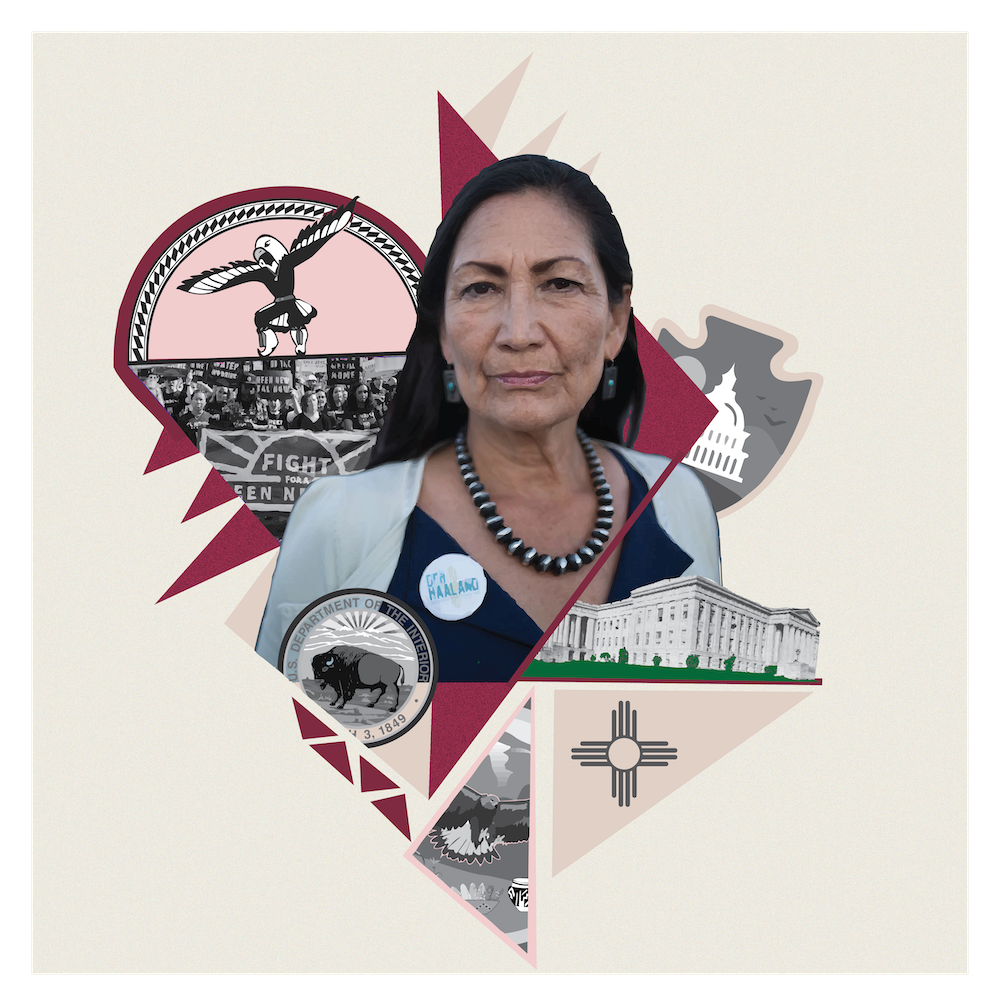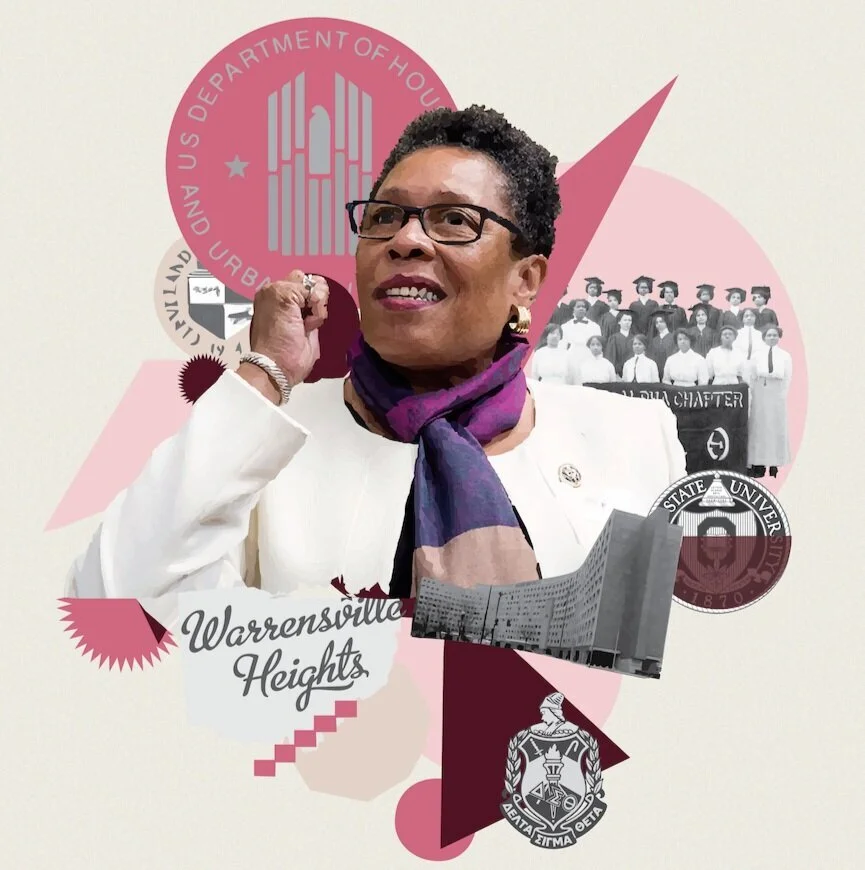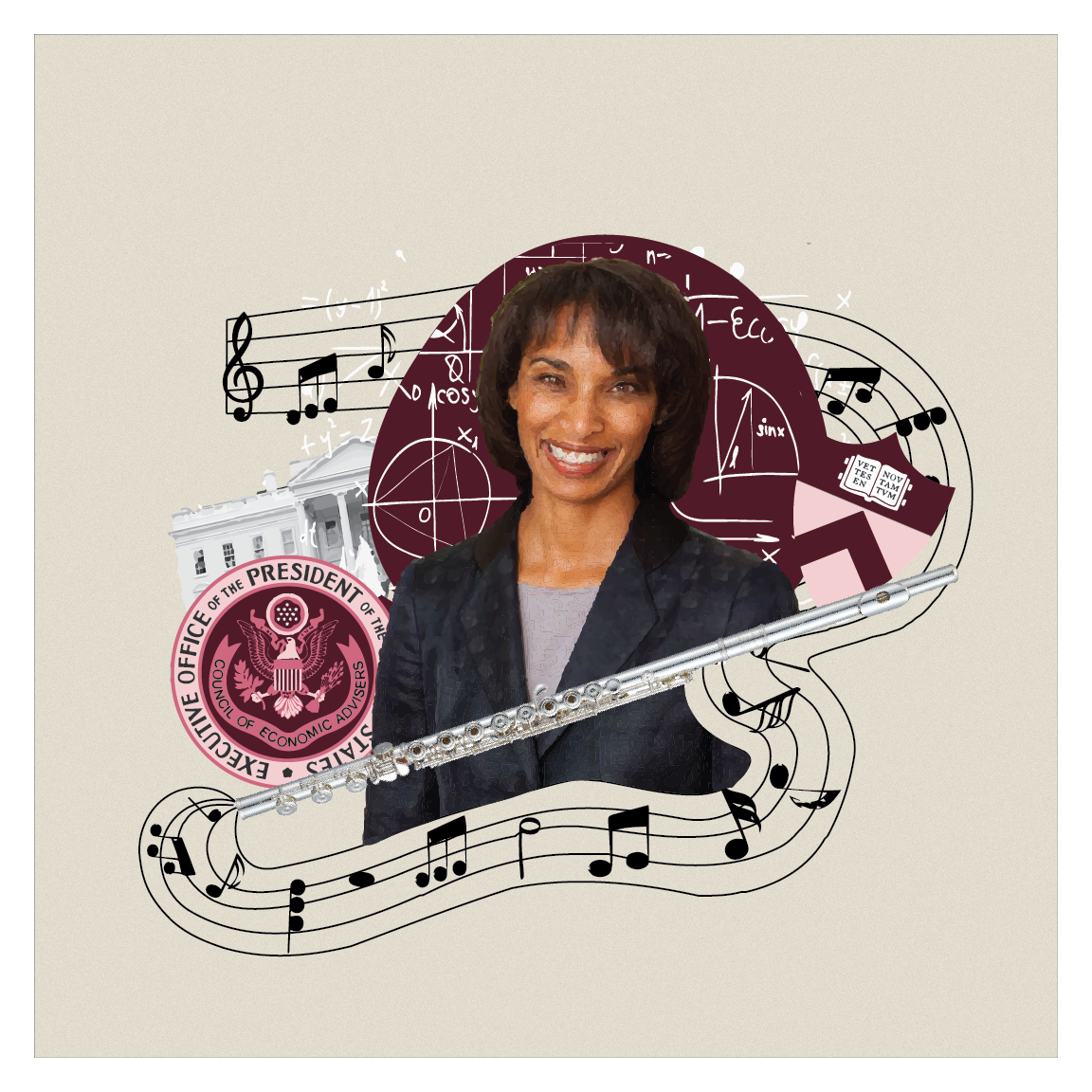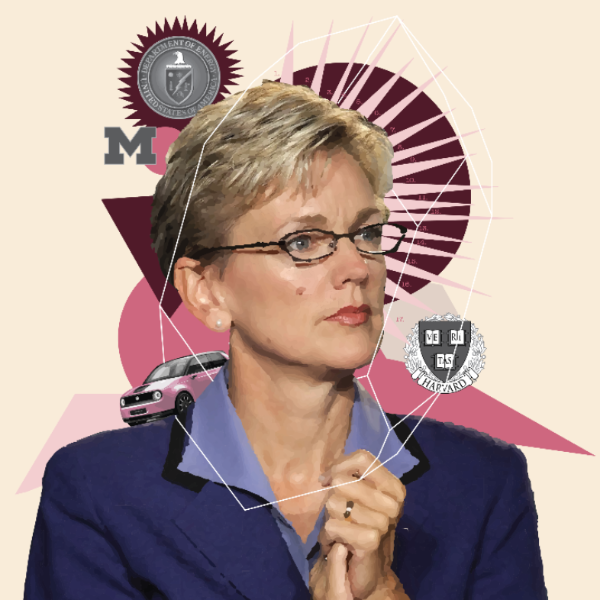After Doug Jones won the special election to replace Senator Jeff Sessions in Alabama in December, author, podcaster and TEDWomen presenter Luvvie Ajayi was reading about the results and one statistic jumped out at her. "When I read that 98% of Black women voted for Doug Jones (while 63% of white women voted for Moore) and that gave him the win, I realized that we really need to do work to elevate Black women and get them into office," she told me recently, "Because if you can't trust anybody else, you can trust Black women."
A woman in Alabama celebrates Doug Jones victory in December. Many on Twitter recognized Alabama Black women voters' pivotal contribution to Moore's defeat calling it historic, using memes and videos to thank Black women. (via Mashable)
Luvvie started googling to see if there was a central location where she could learn about all of the Black women running for office in 2018. She couldn't find one. So she tapped three of her friends and together they crowdsourced a database of Black women running across the country.
"It was out of pure necessity and me wanting something like this as a resource. We thought if a Black Women Running website didn't exist, we had to create one."
Fast-forward six months and the Black Women in Politics database now lists over 600 Black women running for national, state and local offices across the country. The database is searchable by state and by candidate name. Luvvie notes that the only states still unrepresented on her list are Wyoming, Montana and Hawaii. If you know anyone running in those states, or know of other women who aren't on the list, she asks that you submit their names at the site.
In addition to the 38 Black women running in Alabama, there are 76 in Texas, 57 in Illinois and, in my home state of Georgia, 34. You can check your state stats here. Speaking of my home state of Georgia, you have no doubt heard about Stacey Abrams, the Democratic candidate for governor. If Stacey is successful this November — and I believe she can be, given her ground campaign, her clarity of vision and strategy, and her impressive record of public service — she will be the first African-American woman governor in American history and Georgia’s first woman governor.
Stacey didn't just win the primary in May, she dominated it, with 76% of the vote.
Scott and I had the honor of hosting a “Making the Future Better for All Georgians” with Stacey Abrams in Atlanta earlier this year.
Her story is one worth repeating. Having been a member of the Georgia General Assembly for a decade, minority leader of the House of Representatives beginning in 2011 (the first woman to do so) and a recognized effective Democratic leader in the state, Stacey is well-qualified to be governor and from there, she could become the Democratic party’s best hope for a person of color in the White House again.
Hearing skeptics within the party expressing doubts about her ability to mount a winning campaign in Georgia, I asked Aimee Allison, the president of Democracy in Color, for her perspective: "The party leaders are using an old playbook that prioritized white candidates and messaging that would appeal to white, moderate voters." Stacey and her campaign strategists saw something that "party leaders were blind to, which is that there were 1.2 million eligible unregistered voters of color in the state" and they worked on registering and engaging those voters.
"What Stacey Abrams said was 'I'm a Black woman and I'm leaning deeply into my base. I'm not going to try to be something that I'm not. I'm going to stand very proudly in who I am.'"
Aimee believes that if Stacey keeps doing what she's been doing, she's positioned to win. "When you expand the electorate, her votes are there," she says.
Aimee is the author of a new book entitled "She the People" which will be published next year. In it, she hopes to challenge the white-male-dominated political conventions that have routinely dismissed the electoral power of women of color. Women of color are 20 percent of the population of the United States, yet they continue to be the most underrepresented group in elected leadership making up only four percent of all elected officials. By comparison, she says, white men comprise 30 percent of the population, but are 65 percent of all elected officials.
In past elections, the mainstream media has preached the importance of voting blocs like "soccer moms" and "white working class men" and "evangelicals," but people of color and specifically Black women is a voting bloc that has just barely been acknowledged. "After Black women led Doug Jones to victory in Alabama, DNC Chair Tom Perez called black women the 'backbone' of the Democratic Party," notes Aimee. "But that was after decades of being the highest vote turnout group of any race and gender."
In addition to leading Democracy in Color and writing her book, Aimee is working on an exciting new three-year initiative launching on September 20 in San Francisco. The "She the People" Summit will bring together 500 women of color from across the country; including women leading the charge like Deb Haaland (New Mexico), Wendy Carillo (California), Alexandria Ocasio-Cortez (NY) and Stacey Abrams, who have all been invited. This type of networking opportunity for women is so important, not just in terms of support and success at the ballot box, but also in terms of leadership.
"Women's Political Networks: Defining Leadership, Breaking Barriers, and Fostering Change," a research paper and toolkit by Lucina Di Meco, finds that women who have achieved success in politics reported that being part of women's networks helped them to not only overcome the cultural and structural barriers they face, but also in shaping and defining the kind of leaders they became once in office. They said their networks enabled them to be more effective, better able to negotiate with their male colleagues and emboldened them to push forward policies that were important to women and gender-equality agendas.
Aimee says the goal of She the People is to drive a national narrative that elevates the voices of women of color as courageous leaders, a powerful voting bloc, and the nation's top political strategists positioned to win in the Trump era. In addition to the speakers, organizers will be presenting a set of data about the women of color voting bloc that has never been featured before.
"If you had asked any of the political strategists if Stacey was electable, they would have said 'no' because of her race and her gender," says Aimee, "but the answer is 'yes' because of her race and gender, because of her strategy and because of who she is. It's a yes."
"We're going to highlight these kinds of stories and get them out in the world, because I think that will change both how women of color are perceived as voters and even that they're looked at [at all]."
She the People will do briefings with national political reporters on their new data set. Aimee mentions that there are only six national political reporters that are black, but says there's a set of other reporters, producers, editors who are interested in telling the story about politics from angles that have never been explored.
"This is a new angle," she says. "The story that Black women have emerged as fantastic leaders within a multiracial Democratic coalition that can win governorships, statewide races and congressional seats is a story that needs to be told."
I agree. It’s time for the media to report these stories, and in my opinion, for white women leaders to support, elevate, celebrate and get behind the many women of color stepping forward into leadership.
We have a lot to learn and the country — and the world — has a lot to gain.
— Pat
TEDWomen 2018 Update
Speaking of the power of women's networks, I wanted to let you know that the registration for this year's TEDWomen 2018 is open! This year, the theme is Showing Up and women and their allies will join forces in Palm Springs from Nov 28-30, 2018. We will be sharing the latest research on women’s leadership at TEDWomen and featuring talks by some of the outstanding women leading in government, including some of the 30,000+ women who are getting involved in politics this year.
This is indeed the year for “SHOWING UP"! I hope you will join us this fall!










